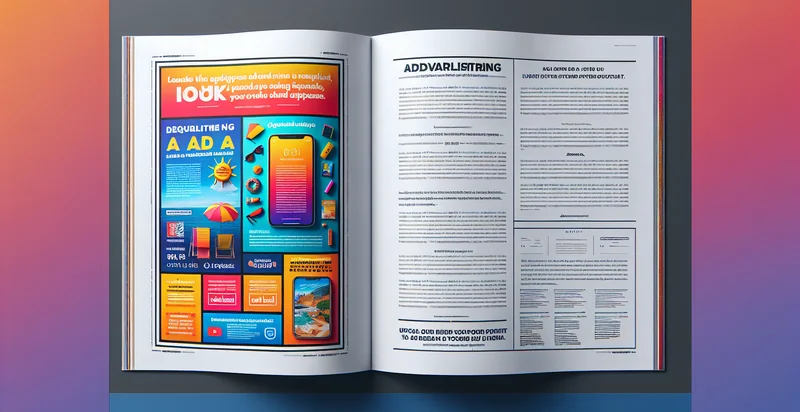Identify how many ads are on the page
using AI
Below is a free classifier to identify how many ads are on the page. Just upload your image, and our AI will predict how many ads are on the page - in just seconds.

Contact us for API access
Or, use Nyckel to build highly-accurate custom classifiers in just minutes. No PhD required.
Get started
import nyckel
credentials = nyckel.Credentials("YOUR_CLIENT_ID", "YOUR_CLIENT_SECRET")
nyckel.invoke("how-many-ads-are-on-the-page", "your_image_url", credentials)
fetch('https://www.nyckel.com/v1/functions/how-many-ads-are-on-the-page/invoke', {
method: 'POST',
headers: {
'Authorization': 'Bearer ' + 'YOUR_BEARER_TOKEN',
'Content-Type': 'application/json',
},
body: JSON.stringify(
{"data": "your_image_url"}
)
})
.then(response => response.json())
.then(data => console.log(data));
curl -X POST \
-H "Content-Type: application/json" \
-H "Authorization: Bearer YOUR_BEARER_TOKEN" \
-d '{"data": "your_image_url"}' \
https://www.nyckel.com/v1/functions/how-many-ads-are-on-the-page/invoke
How this classifier works
To start, upload your image. Our AI tool will then predict how many ads are on the page.
This pretrained image model uses a Nyckel-created dataset and has 12 labels, including 0, 1, 10, 10+, 2, 3, 4, 5, 6 and 7.
We'll also show a confidence score (the higher the number, the more confident the AI model is around how many ads are on the page).
Whether you're just curious or building how many ads are on the page detection into your application, we hope our classifier proves helpful.
Related Classifiers
Need to identify how many ads are on the page at scale?
Get API or Zapier access to this classifier for free. It's perfect for:
- Ad Inventory Management: This function can be employed by digital marketing teams to accurately assess the number of ads displayed on a webpage. By enabling precise inventory tracking, businesses can optimize their ad placements and ensure they are utilizing their ad space effectively.
- A/B Testing for Ad Performance: Marketing professionals can use the identifier to evaluate variations in the number of ads during A/B testing scenarios. By analyzing performance metrics based on the number of ads, businesses can make data-driven decisions about their advertising strategies.
- User Experience Optimization: Websites can implement this function to monitor ad density on their pages, ensuring that the user experience is not compromised by an overwhelming number of advertisements. By identifying excessive ads, companies can adjust layouts to balance content and ads better.
- Budget Allocation Insights: Advertisers can leverage insights from this identifier to determine how many ad placements are available within a given budget. Understanding the correlation between ad volume and engagement can help businesses allocate resources more efficiently.
- Compliance Monitoring: Publishers can use the function to ensure compliance with advertising regulations that limit the number of ads on a page. This helps prevent legal issues and maintain quality standards set by advertising networks or industry guidelines.
- Performance Benchmarking: This function can aid in benchmarking ad performance across different platforms by providing data on how many ads are on competing websites. Advertisers can use this information to gauge market practices and adjust their strategies accordingly.
- Ad Load Time Analysis: Web developers can utilize the identifier to assess the correlation between the number of ads and webpage loading times. This analysis can inform changes that improve site speed, ultimately enhancing user experience and engagement.


